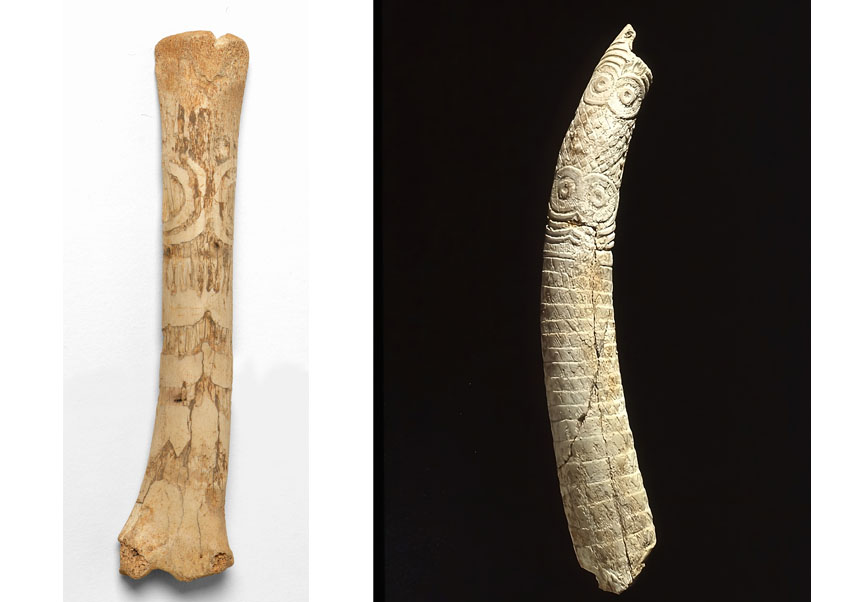Girls and boys with greater perception and motor skills are less likely to be overweight
- Scientific Culture and Innovation Unit
- April 30th, 2021

The AIFPS (Physical Activity and Health Promotion) research group of the University of Valencia has carried out a study that has made it possible to develop longitudinally profiles based on real and perceived motor competence (MC), and the physical condition in boys and girls aged 4 to 9. The study highlights the importance of improving the real and perceived MC to develop healthy lifestyles and is aimed at preventing future serious health problems such as obesity or cardiovascular diseases.
Two important factors in promoting motor development and positive trajectories of physical activity (PA) in children and a healthy weight status are real and perceived motor competencies (MCs) such as locomotion or coordination and physical condition. In addition, MCs are essential in the development of boys and girls, since they have a very important role in their physical and mental health. Thus, low MC levels are associated with a higher risk of developing sedentary behaviours and being overweight, since the relationship between MCs and weight status increases with age.
Thus, Isaac Estevan and the rest of the AFIPS group from the Department of Didactics of Musical, Plastic and Body Expression used an observational longitudinal design to study 104 boys (55.2%) and girls (45.8%) between 4 and 9 years old, where data was collected for three consecutive years in three different time points. The results reveal the existence of 5 different profiles (three for boys and two for girls);the high-aligned profiles (profile 1 in boys and 4 in girls) are those that are related to greater training in physical activity and a higher body mass index and lower waist circumference. In addition, it was also observed that the proportion of boys and girls in a specific profile was not fixed, so that during the three years there were changes in profile. In the boys, the majority migrated to the first profile and in the girls, they had equitable migrations where the majority maintained the initial profile.
Furthermore, the analyses show the profiles based on the type of basic motor skills (i.e., locomotion and object control). As for object control skills,they tended to increase over time for boys with consequences for physical activity and a body mass index.
Therefore, the study contributes to promote healthy lifestyles establishing a longitudinal relationship between MCs and physical condition in boys and girls. So higher levels are related to greater physical participation and a healthier weight status. However, as this is the first study to analyse these profiles, it has limitations such as the fact that physical condition was measured only by studying the power of the legs. Therefore, it is recommended for future studies to analyse physical condition with objective tools and MCs using normative data.
Article: Estevan I, Menescardi C, García-Massó X, Barnett LM, Molina-García J. “Profiling children longitudinally: A three-year follow-up study of perceived and actual motor competence and physical fitness”. Scand J Med Sci Sports. 2021 Apr; 31 Suppl 1: 35-46. doi: 10.1111/sms.13731. PMID: 33871084.
File in: Investigació a la UV , Internacionalització recerca , Facultat de Magisteri , Difusió i comunicació científica , Grups de recerca , Recerca, innovació i transferència
















